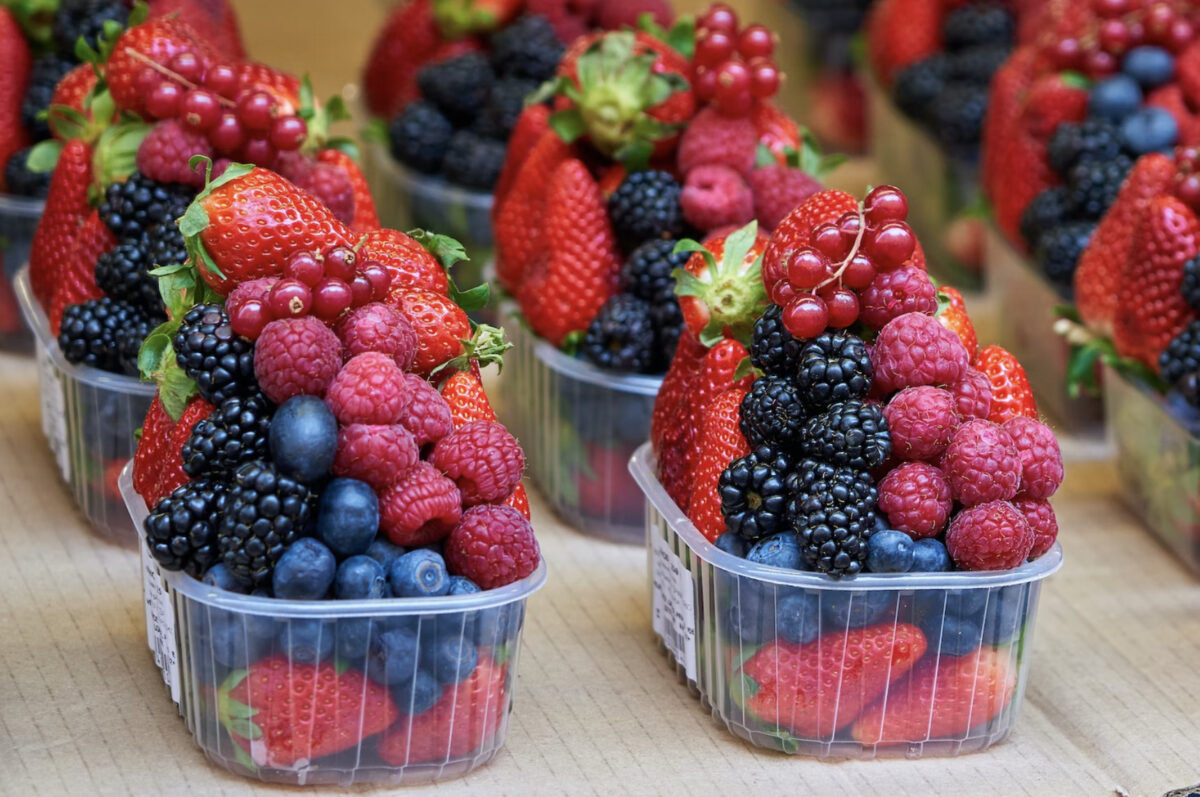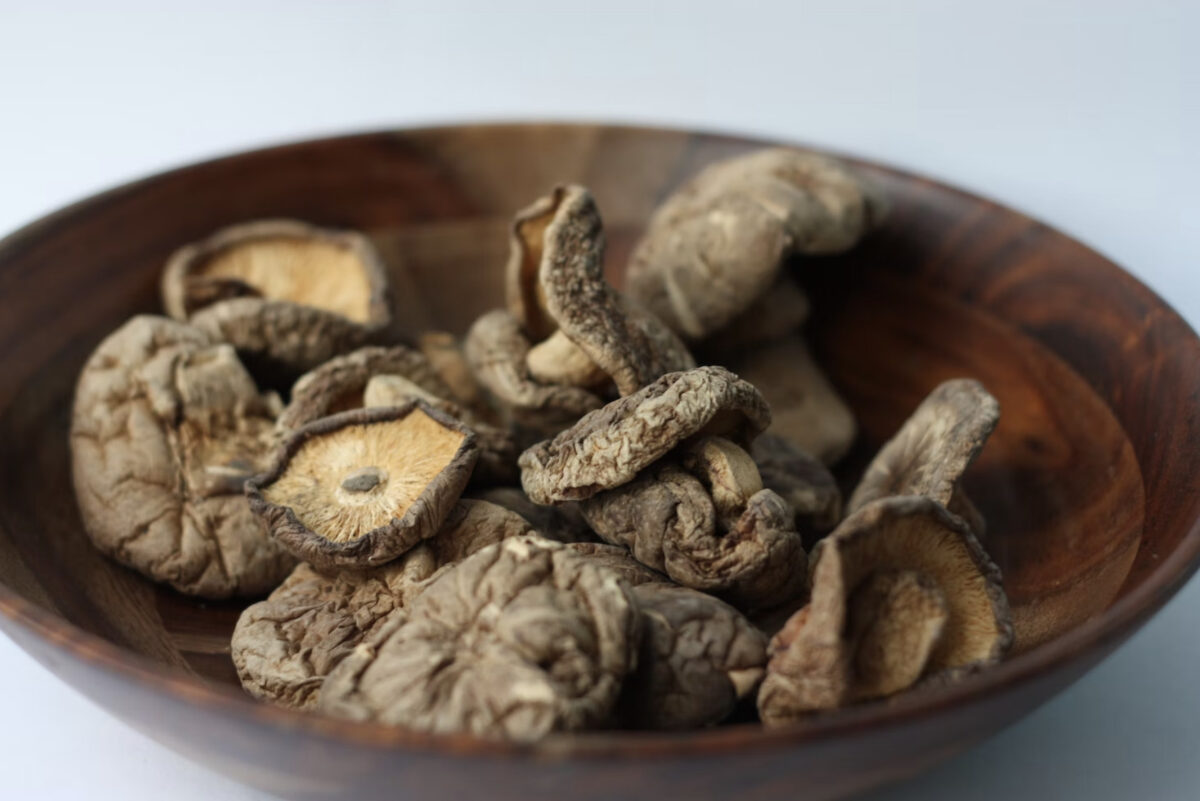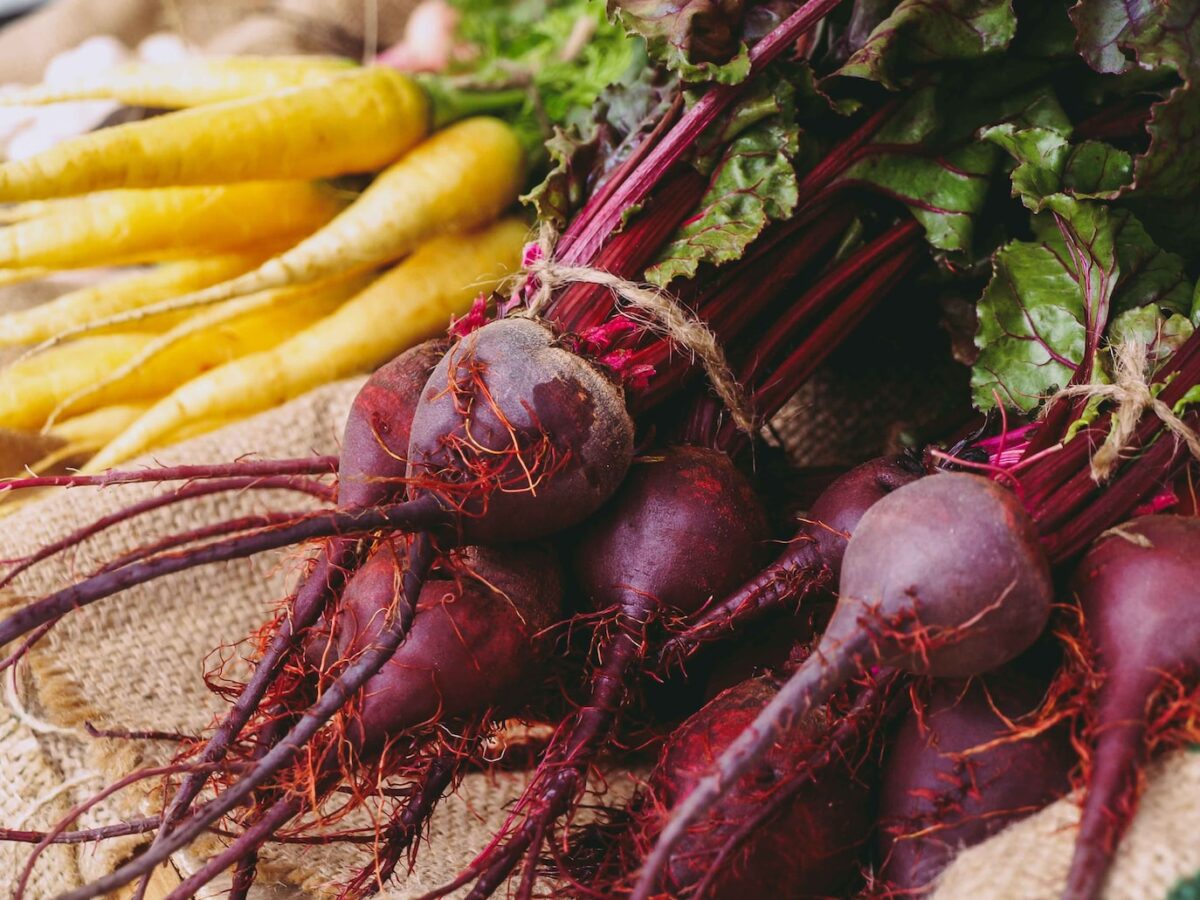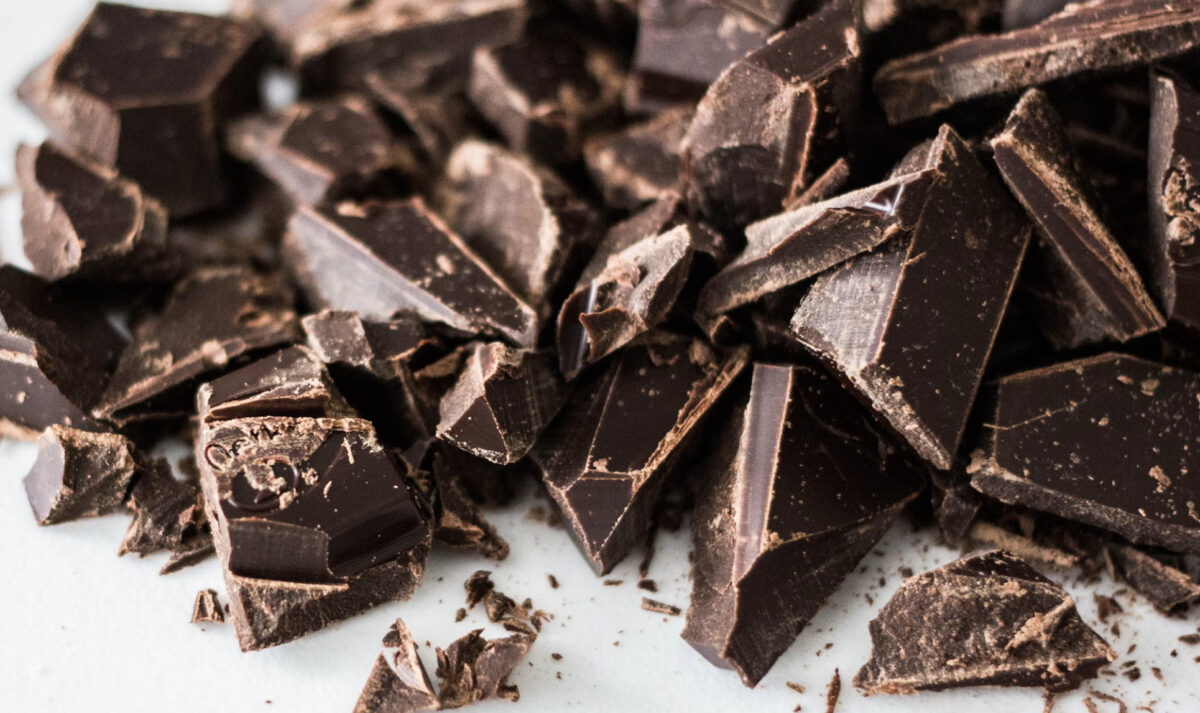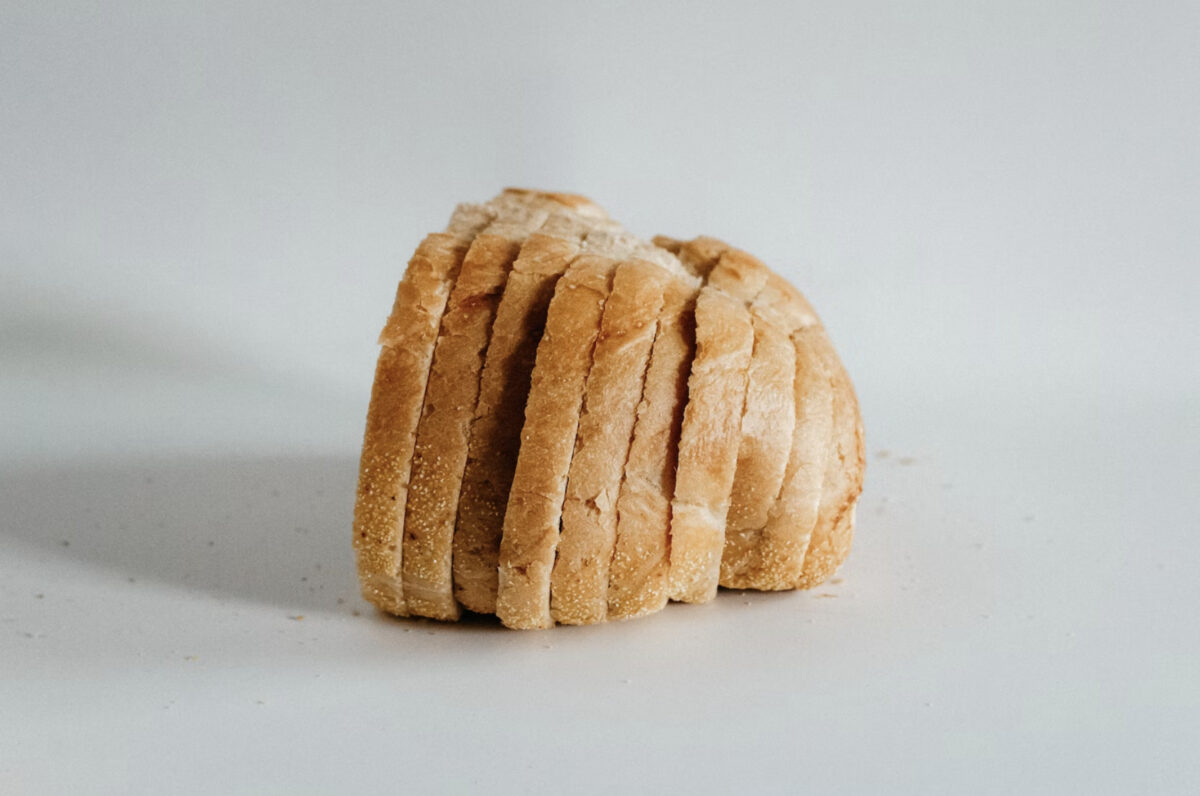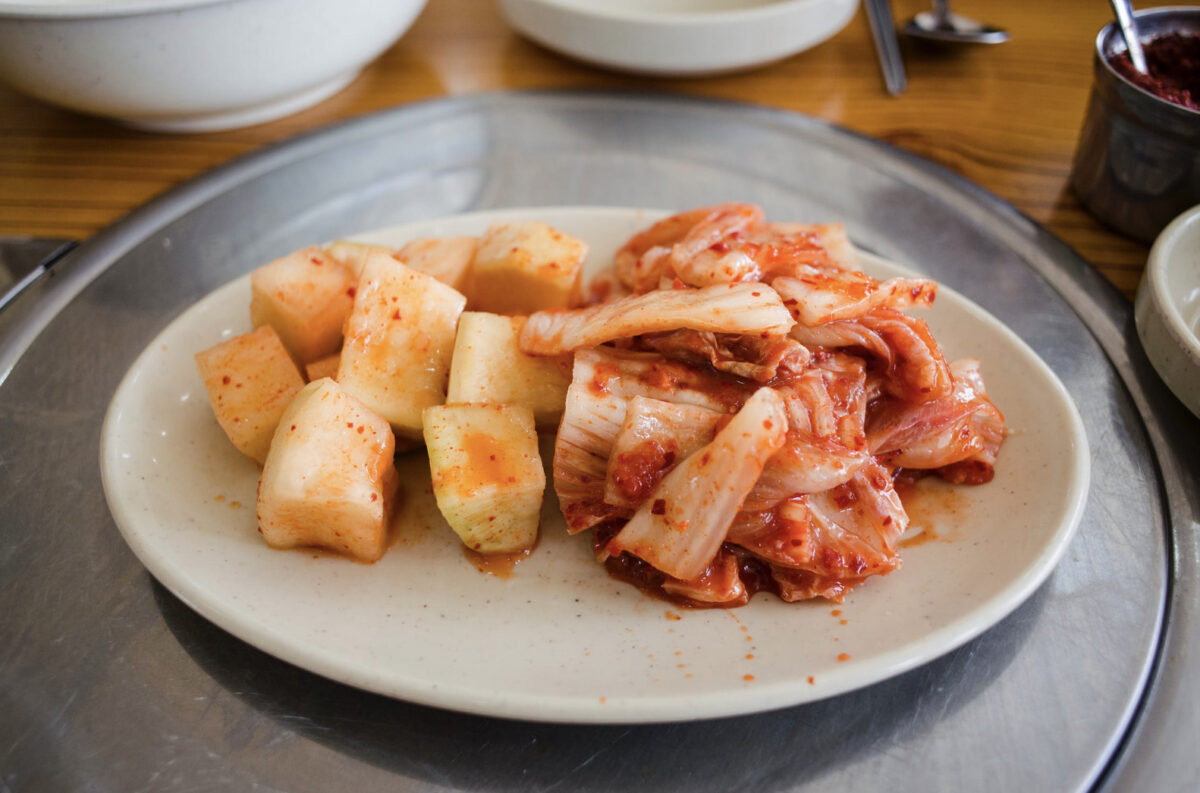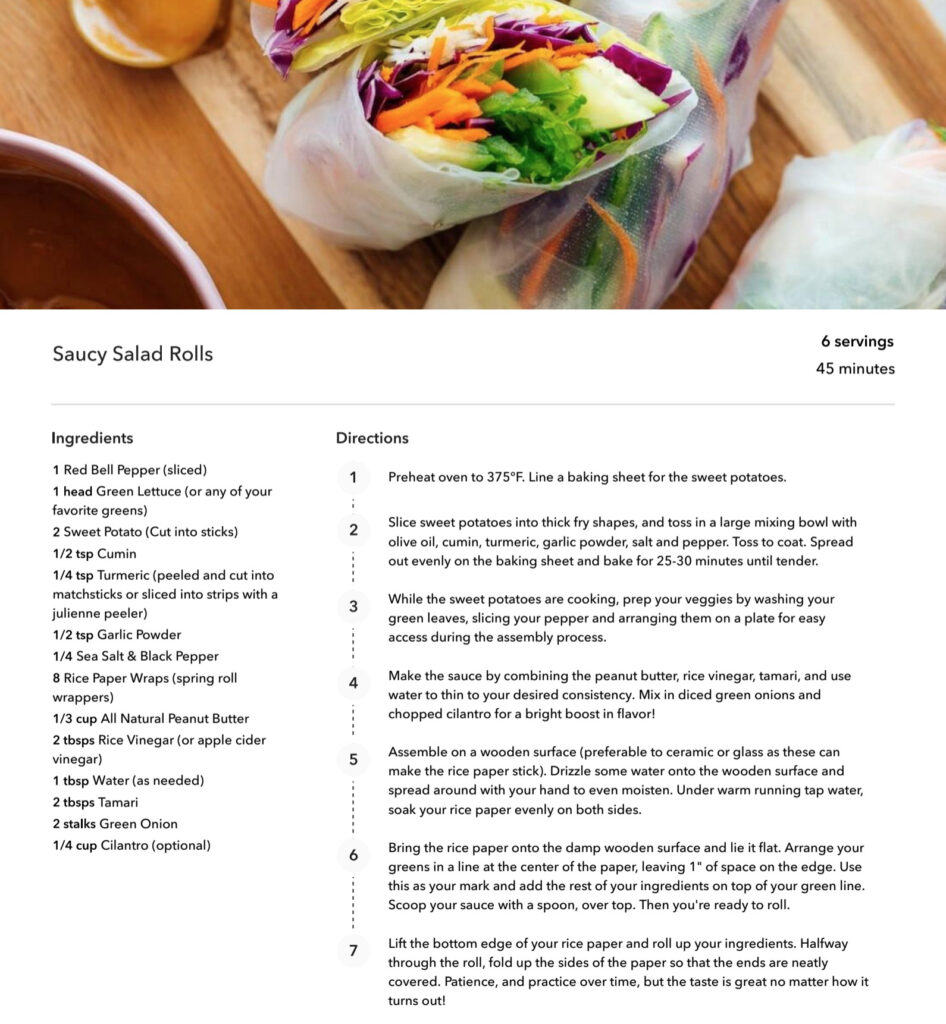By Dr. Tamara Kung, ND
In part 1 of our Four Pillars Of Clean Living, we covered Real Food (Pillar 1) and Antioxidants (Pillar 2). These benefits are critical for both physical and psychological well-being, as well as overall performance regardless of what you are doing.
We asked you to score yourself on the first two pillars, now it’s time to determine your overall score with the remaining two pillars.
Pillar #3: Find your level of movement
Parallel to your circulatory system is another system called your lymphatic system. It’s a series of tubes just like blood vessels interspersed with lymph nodes. This is your superhighway for immune cells to travel between sites of infection, and also where most of your immune cells become activated to help protect you. The lymphatic system is also our big sewage system in a sense. It’s where our tissues deposit their waste and end products to be flushed out of our body and eliminated once and for all.
Unlike our hearts however, the lymphatic system does not have an organ to pump the fluid around. Instead, it uses our movement, the contraction of our muscles, and the bending of joints to move things along. When we stay stagnant, guess what? Our body can’t launch an immune response as quickly, and we get a build up of waste which starts to impair the function of our body and mind.
Movement doesn’t have to be intense to produce the benefits, but if you love hard and intense exercise, that is also great to incorporate especially when guided by experts such as an accredited trainer, physio or chiropractor to keep you safe as you build up. Simple exercises include walking, swimming, yoga, pilates, and tai chi.
For others movement can be as simple as flexing, stretching any joint area because this also helps squish and pump fluid around. Examples include:
- Rolling your neck side to side or down and around – lots of lymph nodes in your neck
- Circling and then flexing your arms – lymph nodes in your armpits and elbows
- Body weight squats – lymph nodes in your groin and knees
- Deep belly breathing – lots of lymph nodes in your abdomen
Pick a level of movement that is most enjoyable for you to incorporate on a regular basis.
Score yourself out of 10 (1 low, 10 high) on how well you move. ______________
Pillar #4: Create a sleep sanctuary
While we sleep, your body is not latent. The amount of healing and cleaning up your body and mind undergo while sleeping is tremendous and is the ONLY time for full repair and taking out the garbage. Specifically, deep sleep is when our brains get a deep clean.
Our brains have a system that becomes active while we sleep called the glymphatic system, a continuation of the lymphatic system. When we sleep, cavernous bins of the glymphatic system open up by 60% and are where the brain tissues can dump all the waste that accumulated throughout the day.
If we shortchange sleep, we see an accumulation of waste products and toxic proteins in our brains which are associated with cognitive decline, memory impairment and an increased incidence of neurodegenerative diseases like Alzheimers’s.
One powerful way to protect your sleep is to create a sleep sanctuary in your bedroom. This means the moment you walk into your room, it feels cozy, welcoming and is device free. This is how we can use your environment to trigger better quality of sleep and quicker onset with less interruptions.
A sleep sanctuary is one of the easiest ways to help your sleep, but there are many others. Pick one to practice at a time and as you get stronger with one, and it becomes second nature, layer on the next. Make it enjoyable – do it with others, do it to music, or make a game or checklist so you can satisfyingly check it off daily.
Score yourself out of 10 (1 low, 10 high) on how well you move. ______________
Now let’s find out how you did overall. Add all of your scores to get a total.
Total Clean Living Score: ____________________
If your total is 30 or above, you are doing well. 20-30 you are average. Below 20 you have an opportunity to make a big difference in the quality of your health. It’s the compounding of these life enhancing routines that truly has the power to alter the trajectory of your health now and for your future!
Reference:
How not to Die: Discover the Foods Scientifically Proven to Prevent and Reverse Disease by Dr. Michael Greger
Why We Sleep: Unlocking the Power of Sleep and Dreams by Matthew Walker
https://www.health.harvard.edu/mind-and-mood/are-toxins-flushed-out-of-the-brain-during-sleep
Zhang N, Jiao S, Jing P. Red Cabbage Rather Than Green Cabbage Increases Stress Resistance and Extends the Lifespan of Caenorhabditis elegans. Antioxidants (Basel). 2021 Jun 8;10(6):930. doi: 10.3390/antiox10060930. Retrieved from https://www.ncbi.nlm.nih.gov/pmc/articles/PMC8228718/


